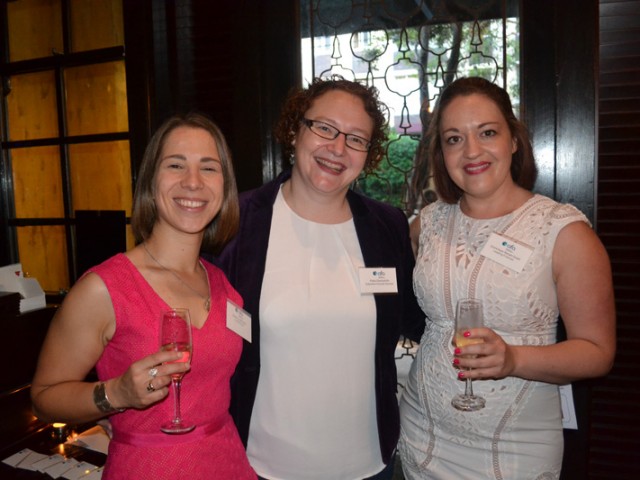Beddoes Institute Director, Dr Adam Tucker, shares insights on the importance of mobile device apps for communicating with advice clients…
The strong preference for digital communication, namely apps and social media platforms, among clients of financial advisers across all generations, including Baby Boomers, is revolutionising the financial planning industry. The ‘Connecting with Clients’ AFA white paper, sponsored by Zurich and powered by Beddoes Institute, showed that apps are now the most preferred ‘one-to-many’ form of communication after electronic newsletters1.

What is an ‘app’?
App is short for ‘application’, which is a software program designed to run on mobile devices such as smart phones and tablets. The main benefit of apps is that they are optimised for the smaller screens on mobile devices and can be accessed anytime from anywhere, even when clients are ‘offline’.
The strong emergence of mobile technologies in recent years is changing the way in which consumers access digital information. There are now more than 1.25 million apps available in app stores (such as Apple’s App Store and Google Play), and 85 billion apps have been downloaded over the last six years. And the pace is picking up. Google’s leadership in mobile search engines is under pressure, as smartphone and tablet users now increasingly look for information from applications in app stores rather than from their browser query bar.
Smartphone or tablet?
Apps are found on both smartphones and tablets.
Smartphones are small and carried everywhere – in pockets and bags – and used ‘on the go’. They are always connected to the Internet, used constantly as quick information sources and for tasks that require little time. Their use is associated with action and they have become an essential personal communication hub and modern-day tool.
Tablets are versatile and used for higher involvement activities, such as education and entertainment. Consumers and clients spend hours on tablets, doing one thing after another: reading, watching videos, browsing and buying. Tablets offer an experience that encourages discovery and exploration with media delivered via rich visuals and sound. Not surprisingly, tablets are more likely to convince and move consumers to action.
Advisers are creating their own apps using local and overseas suppliers (links below), with apps set to become the latest element added to advisers existing email, website and social media campaigns. A new entrant in the app market is ‘Disposable Mobile Apps’, being used by large and small companies who are tired of high-cost and lengthy software development. These are hyper-focused smartphone apps created for a specific purpose, such as events and conferences. Advisers are now using these technologies to create simple and cheap apps and, rather than throwing them away, are using them to drive referrals through clients and referral partners.
Apps offer an opportunity for financial advisers to connect with their clients and become a vital part of their life. Innovative advisers are most likely to reach their clients’ families and friends through smartphone apps, and provide their clients with just-in-time information and news. They can provide their clients with brochures and videos to view at home before or after meetings, deliver education to clients through tablets, or provide interactive presentations in a cafe as effectively as in the office. Research has shown that the demand for apps among advice clients is high, and if financial advisers do not meet their clients’ need for service through apps, then someone else will use apps to create relationships with their clients instead.
Examples of apps:
- Beddoes’ Most Trusted Advisers app: mosttrustedadvisers.com
- An adviser’s web-app for smartphones: micro.mhubs.com/mcphail
- The same advice firm’s iPad app: itunes.apple.com/au/app/mcphail-hlg-financial-planning
- Local app developers for financial advisers: mhubs.com and disposablemobileapps.com

Connecting with Clients delivers insights into how consumers interact with advice professionals, and what the best advice practices are doing to set themselves apart. The series is based on the Association of Financial Advisers (AFA) industry white paper research, ‘Connecting with Clients’, conducted by Beddoes Institute and sponsored by Zurich, which measured the most preferred communication channels across more than 500 financial advice clients. To sign-up to receive best practice tips on how to implement each of the communication channels covered in the white paper, visit: connectingwithclients.com.au
Dr Adam Tucker is Director of the Beddoes Institute, which specialises in delivering research and consulting services to the financial services sector.
Sheils, Tucker, Fox & Dunkerley. Connecting with Clients, Solving the communication matrix for financial advice practices (fig 44): AFA, Beddoes Institute, Zurich, 2013. ↩
















